
Elon Musk Took Over X a Year Ago. How Things Have Gone Since.
The Tesla CEO has brought in huge changes at the former Twitter with mixed success but is still hoping to disrupt a swathe of social-media platforms.
2023-10-30 22:17
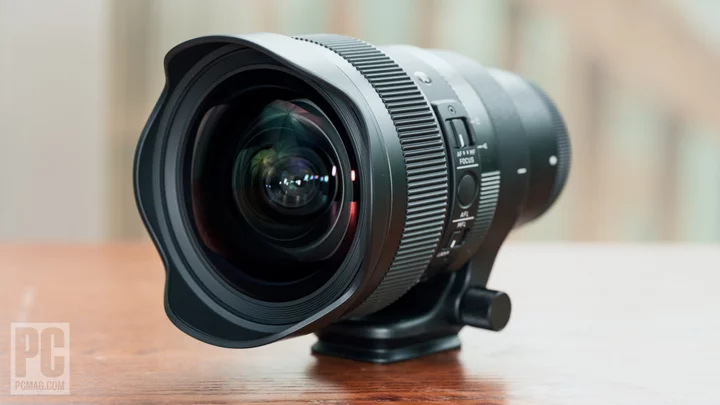
Sigma 14mm F1.4 DG DN Art Review
Astrophotography is one of the corners of the photo world that calls for specialized equipment,
2023-06-08 21:19
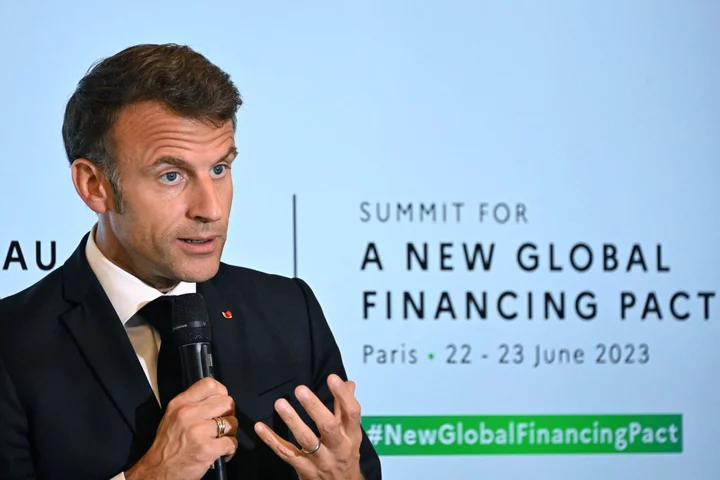
Macron Says France to Channel More IMF Resources to Poor States
France will boost the volume of International Monetary Fund resources it channels back to the institution for lending
2023-06-23 16:56

When Logan Paul agreed to Jose Canseco's fighting offer in fiery Twitter exchange: 'I love smashing'
Former MLB player Jose Canseco attacked WWE wrestler Logan Paul on Twitter back in 2020
2023-06-14 15:16

KIOXIA Introduces New BG6 Series SSDs, Brings PCIe 4.0 Performance and Affordability to the Mainstream
SAN JOSE, Calif.--(BUSINESS WIRE)--May 22, 2023--
2023-05-22 21:17

Logitech feeling more confident after Q2 - CFO
ZURICH Logitech International is feeling more optimistic after slowing its rate of sales decline and offsetting the downturn
2023-10-24 20:28
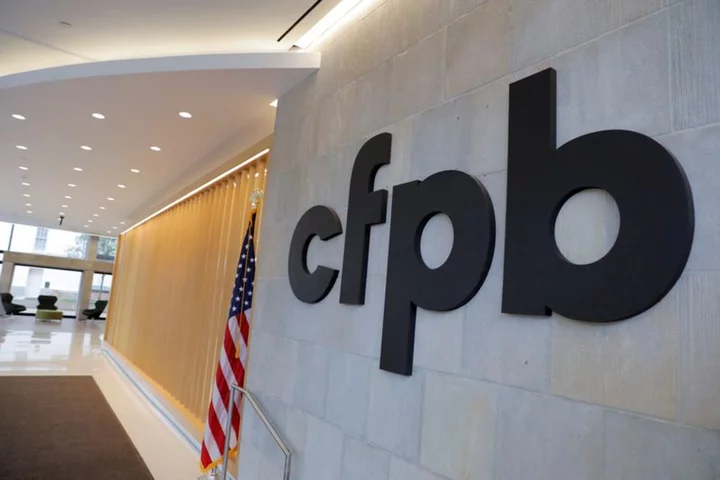
Curo Group subsidiary sued by US regulator for 'churning' consumer loans
By Jody Godoy (Reuters) -A U.S. consumer finance regulator sued a subsidiary of fintech lender Curo Group Holdings Corp on
2023-08-23 05:26

Green Bond Sales Surge in UAE Before It Hosts Climate Summit
A record amount of green debt has been raised this year by issuers in the United Arab Emirates
2023-11-23 18:17

EU Users Find Ways to Download Meta’s Unavailable Threads App
European football teams, media like Le Monde and Agence France-Presse and other organizations on the continent have found
2023-07-07 16:52
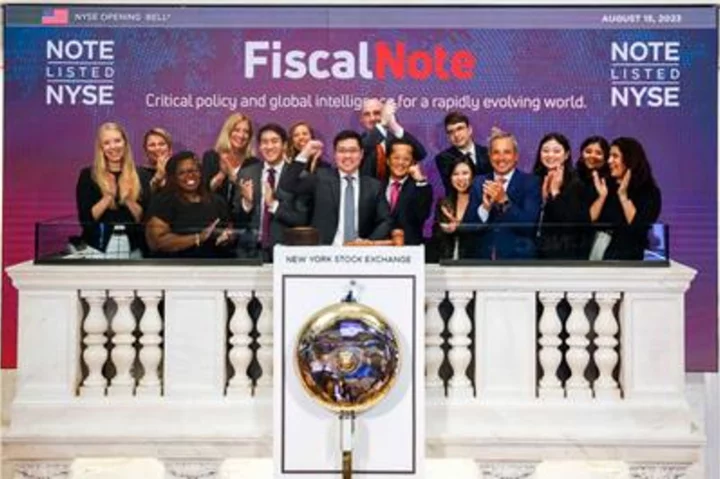
FiscalNote Celebrates 10-Year Anniversary and First Year as a Public Company With Opening Bell Ringing Ceremony at New York Stock Exchange
WASHINGTON--(BUSINESS WIRE)--Aug 15, 2023--
2023-08-16 00:54

NBA 2K24 Best Defensive and Rebounding Badges: Current and Next Gen
The NBA 2K24 best Defensive and Rebounding badges on Current and Next Gen are Anchor, Glove, Challenger, and Clamps.
2023-09-19 03:59

Helion announces world’s first fusion energy purchase agreement with Microsoft
EVERETT, Wash.--(BUSINESS WIRE)--May 10, 2023--
2023-05-10 21:23
You Might Like...

Will Madden 24 Have Crossplay? Here's What We Know so Far

Detroit’s Electric Reckoning Has Arrived

Zuckerberg unveils Quest 3 as Meta tries to stay ahead in the mixed reality headset game

Coinbase Rally Leaves Analysts Divided on the Crypto Exchange
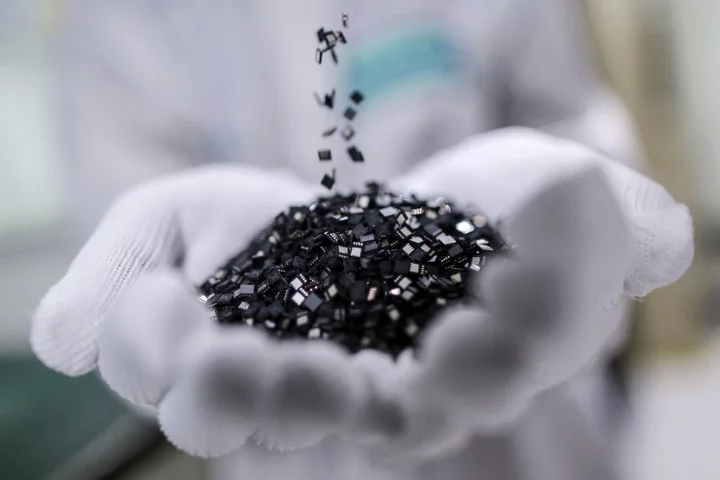
There's a New King in Chip ETFs After Record $805 Million Inflow
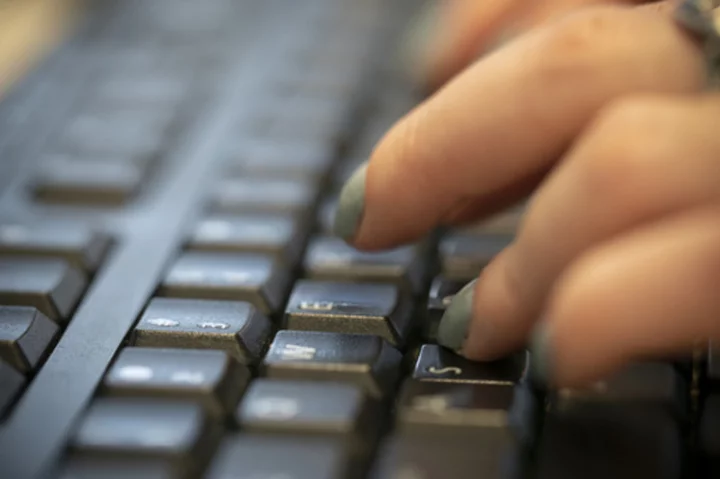
Kimberly Palmer: How to stay safe from financial scams

NWN Carousel Named Largest & Fastest Growing Private Technology Services Company in Massachusetts by the Boston Business Journal

Scientists found the oldest water on the planet and drank it
